Radiometric photos and videos, as well as the most important frameworks
Radiometric photos and videos taken with infrared cameras are not just simple thermal images, but also contain quantitative temperature data for each pixel in the image. This allows for subsequent analysis and measurement of temperatures within the image or video. Thus, the main feature of radiometric images is the ability to store and retrieve accurate temperature values for specific points in the image. This means that temperature measurements can be taken at various points in the image not only during the recording, but also later, e.g. during analysis on the computer.
For radiometric accuracy, of course, infrared cameras must also be calibrated. This ensures that the infrared data captured by the camera is correctly converted to temperature values. Each pixel in a radiometric image represents a specific temperature value. The camera detects the emitted infrared radiation from objects and assigns this radiation to a specific temperature range. Different materials emit infrared radiation differently. The emissivity is a measure of how efficiently a material emits infrared radiation. For accurate temperature measurements, the emissivity of the material must be known and entered into the camera or subsequently taken into account in the analysis. Otherwise, the measurement is completely worthless.
The transmission of infrared radiation through the atmosphere can be affected by factors such as humidity, smoke or haze (transmittance). Useful infrared cameras such as the T2S Plus can take these factors into account to ensure more accurate temperature measurements. Radiometric data is stored in special file formats that contain the temperature information for each pixel. These files are larger than normal image files because they contain additional temperature data. Therefore, even with the T2S Plus, they are only available as a JPG file after a manual export from the library in the smartphone.
Radiometric content in the XTherm software
The operation is actually self-explanatory. However, you do run into a bit of a problem with high-resolution displays, especially since things like the temperature scale can’t be rotated to horizontal. The orientation of the bolometer can’t be changed manually either (how could it), so you’re actually always tied to portrait format when it comes to the maximum resolution. Okay, it is a smartphone, so what. On the PC you have to do some tricks. First, we measured a 12VHPWR port under full load with Alan Wake 2 in Full HD, maximum settings and a GeForce RTX 4090 in heating mode.
After the measurement is before the measurement, because we can now sit comfortably at the table and evaluate everything again (even deviating). Parallel to the real-time measurement, you can now also set up to 3 measuring points “offline”, or three measuring lines or three rectangles, whereby the average temperature, as well as the minimum and maximum are displayed for the lines and rectangles. This is already closer to a professional application, but unfortunately the preset values for the emissivity apply equally to all measuring points. Either you now measure each material individually, or you manually convert the value with the calculator. This is the only real shortcoming compared to a professional application. If you want to get around this, it is best to use calibrated measuring varnish for all relevant points. Then it will be uniform.
Report
You can also get a report at the end, which is available as a PDF. Unfortunately, you can’t get this file on your iPhone, because it is not saved in the File Manager on iOS, nor can you share it with social networks. No matter what you choose, nothing happens or you get an error message. The only thing that helps is the data cable and manually searching for the file. In the report, you can also see all the settings made and of course the results.
Interim summary
The bottom line is that radiometric photos and videos from infrared cameras provide a deep insight into the temperature distribution of objects and scenes, and they allow a detailed analysis even after the fact and even at a third location, for which you then no longer need the camera at all. It’s not just a nice addition, it’s actually a must-have. And with that, the Xinfrared XTHERM II T2S Plus also joyfully steps out of the shadow of all the infrared smartphone toys into the light. Yes, the pixels are still a bit rough, but it is definitely more usable than all the dream interpreters that are so built into construction site smartphones.















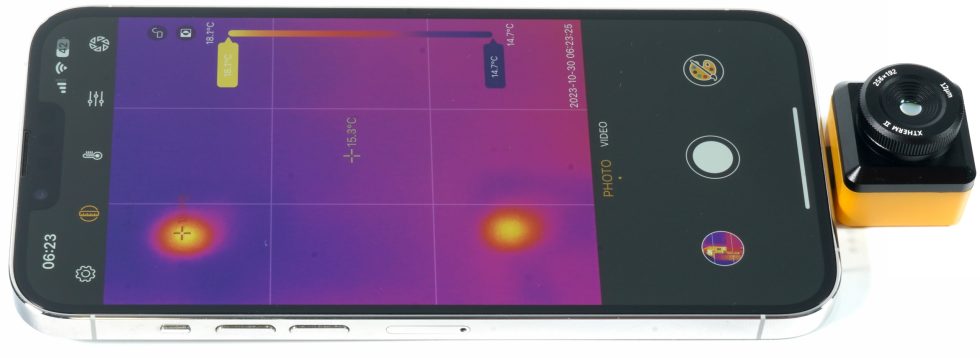
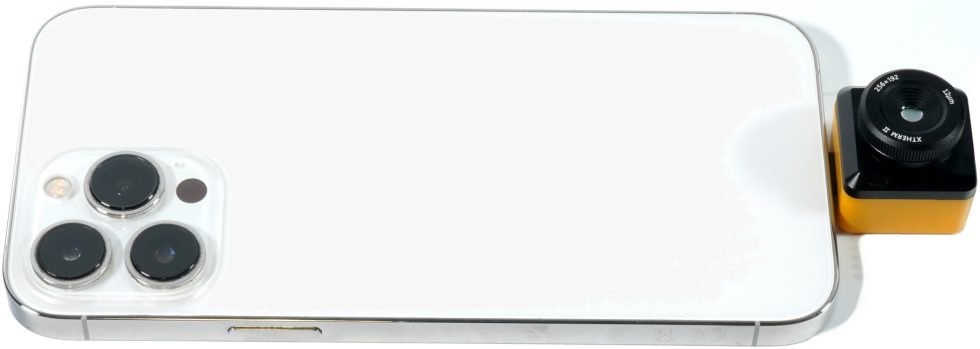
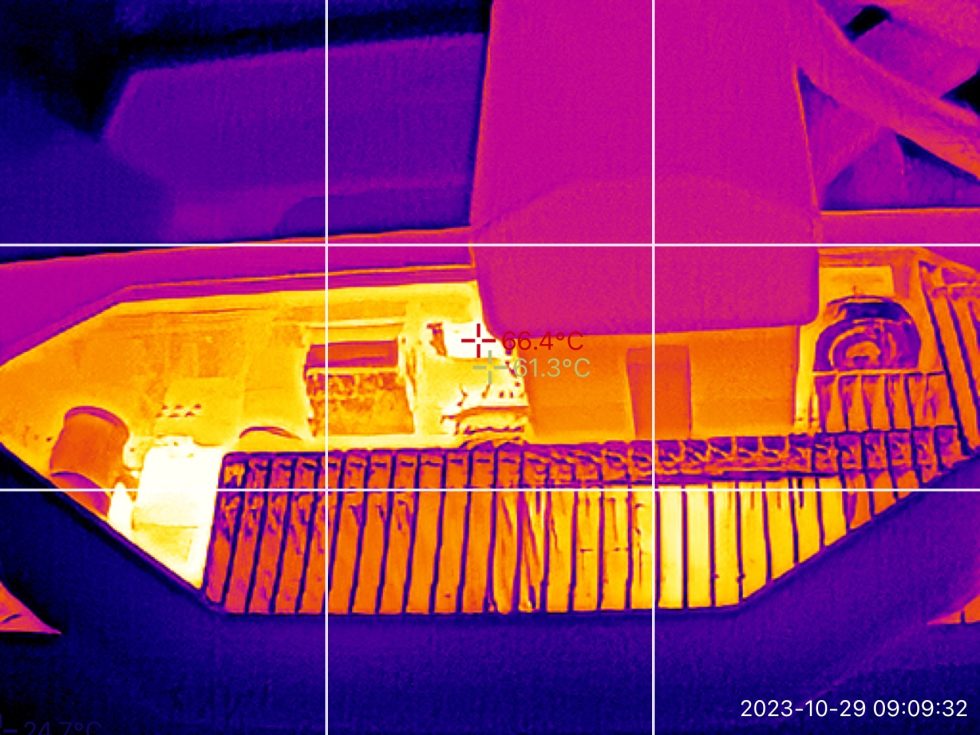
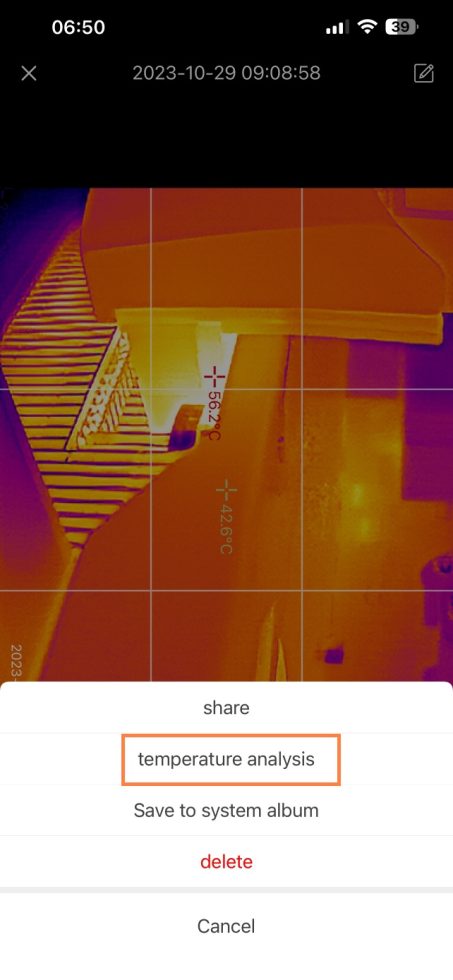
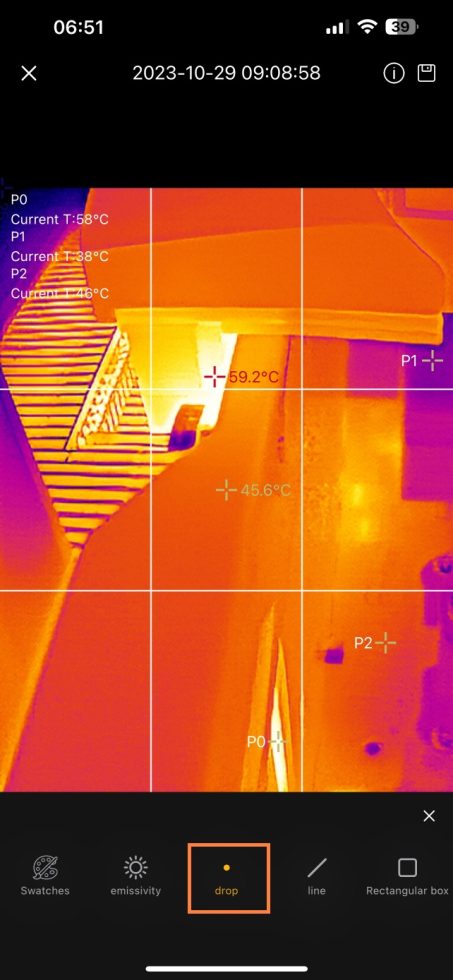
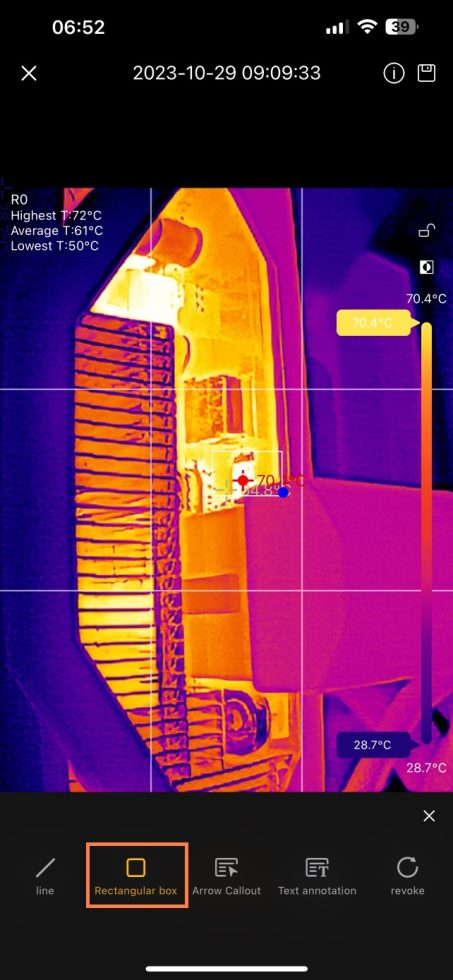
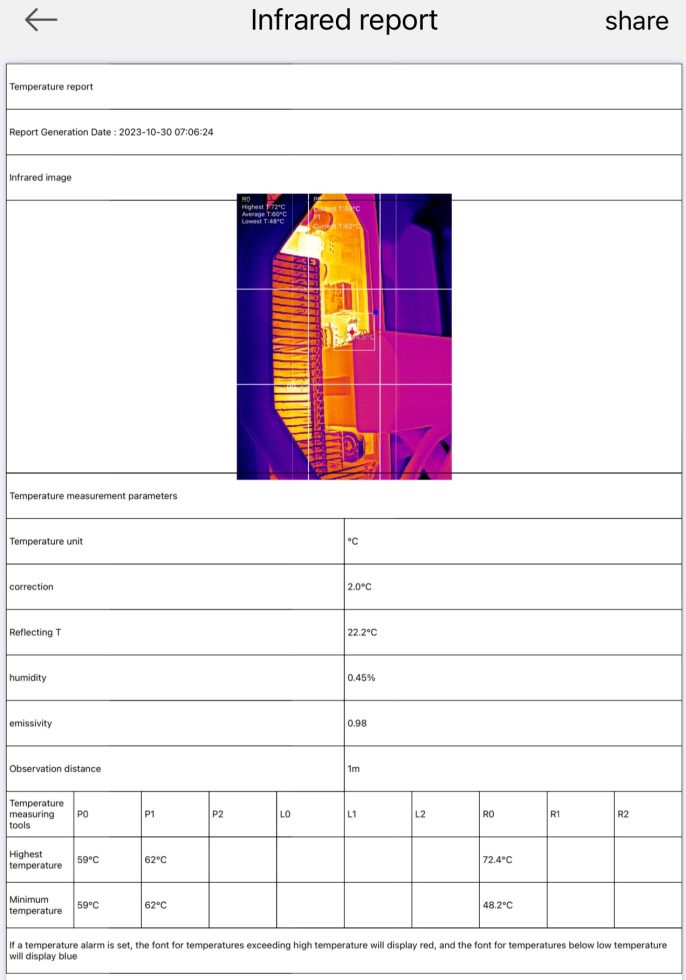


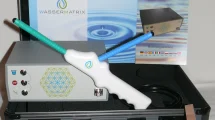
















24 Antworten
Kommentar
Lade neue Kommentare
Urgestein
1
Urgestein
1
Mitglied
1
Neuling
Urgestein
Urgestein
1
Neuling
Neuling
Urgestein
1
Neuling
Neuling
Neuling
Neuling
Alle Kommentare lesen unter igor´sLAB Community →